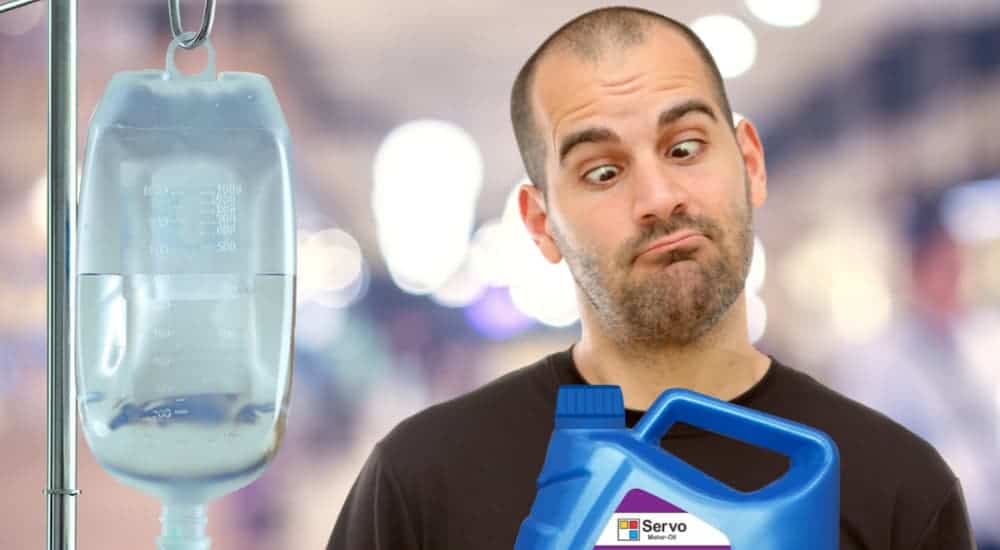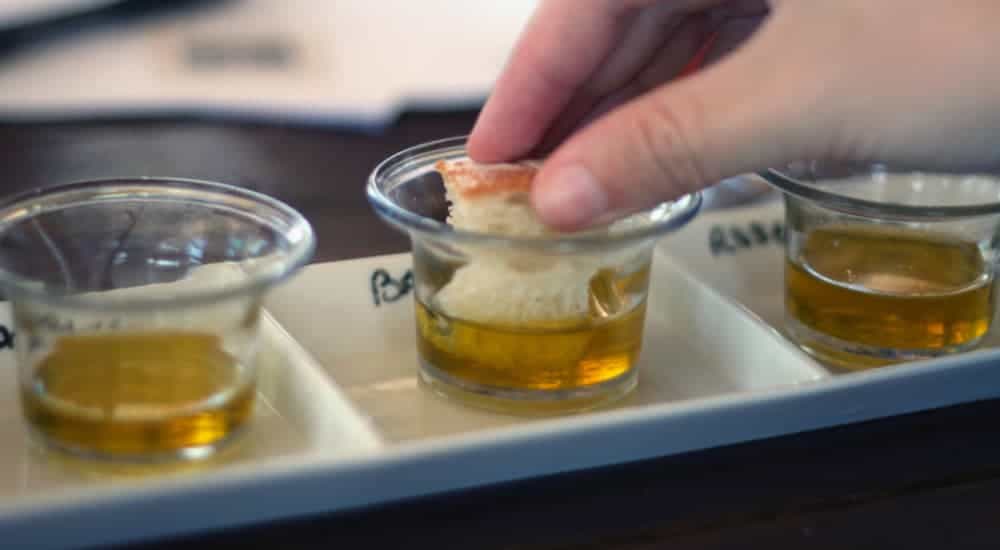Ladies and gentlemen, you can stop sending in letters and emails requesting I do this because I’ve heard your pleas and chosen to answer your prayers with another installment of my 946-part series on proper car maintenance. My editors have requested I provide you with the latest and most crucial auto news, but I have no time for that. You can read about that anywhere – only through me can you gain access to the hidden, nearly-forgotten troves of ancient wisdom and proper car care.
Last time we looked at… something, I don’t know, I don’t have time to pay attention to what I write, so you figure it out. Regardless, today, we’re going to consider the host of fluids sloshing about inside your vehicle and how to deal with them. Just like the human body, your vehicle is made up primarily of fluids in various states, typically transitioning from liquid to gas, and even a semi-permeable gelatin that feeds many of the hungrier parts of your car. Knowing how to deal with all of this goo and effluvium is quite important.
Let’s roll!
Identifying Your Various Fluids
Before we go any further here, we need to make sure we know what we’re talking about. I always know what I’m talking about since I’m an expert in the field of automotive anthropology with degrees from [names redacted by request of the university and legal injunction under the Patriot Act] that support everything I say. But you don’t know what you’re talking about; I gain vivid proof of that every day from the mass emails I receive from you.
Let’s start with the basics, there’s motor oil, of course, plus some other car fluids you’ve probably heard of like your brake fluid, coolant, and rear axle oxyhydration. But do you know about your engine’s filtration plasma? What about the various transmission system juices needed to keep things running smoothly or the viscous, oily discharge from your car’s alveolar ducts? Exactly!
These are only a small number of the various fluids pulsing through your vehicle every moment of the day, even when the engine isn’t running. Most people don’t realize this, but the battery in your car isn’t just for getting it started. The battery provides power to the ancillary sap pumps needed to ensure your vehicle is good and moist at all times.
What to Change and What to Ignore
Now that we’ve identified a lot of the major fluid systems in your vehicle, we need to discuss proper maintenance as it pertains to those various oozes and lubricants. The first thing you’re going to want to do is establish a rotating calendar for when you’re going to change the different fluids in your vehicle. If you try to change them all at once, it can result in automotive dehydration, which can cause your engine to seize up or for the viscous capillaries to dry out and stop pumping effectively.
That’s why you need to work out a rotating calendar. Personally, I change my motor oil based on the owner’s manual and have my brake fluids checked about every nine months. From there, I make sure to squeeze the acceleration ducts about every 4-5 months to make sure they still feel soft and filled with nectar – always wear gloves when you do this, or you will be scratched up pretty badly by the bristles on them. You’re going to want to have your motor’s sap reservoirs drained about every 7-8 months, though you may need to have this done sooner if you drive on dirt roads a lot.
From there, it’s a good idea to get your coolant checked when you have other work done, like your tires rotated or the transmission corpuscles drained. You can even check it yourself on a pretty regular basis to ensure everything keeps running well and reduce the risk of your vehicle overheating. I like to check my coolant every couple of months, usually when I baste the engine in its own succulent, coppery juices.
Wallowing in Your Secretions
As long as you take care of these fluids in your vehicle, you’ll be able to really enjoy everything it has to offer. I find that the gelatinous innards of my favorite SUV flow around me a lot more comfortably when it has been properly maintained and cared for. You know you’re doing the right thing when you can regularly hear your vehicle purring from its numerous throats and feel the soft rumble of its seven stomachs.
Best of all, there are plenty of fluids in your vehicle that you really don’t have to worry about, because they’re simply a part of your car doing its own thing. You might notice, for example, the scent of honeysuckle and a certain amount of liquid amassed beneath the pedals while you’re driving. This is completely natural and not something to worry about. Enjoy the softness of your vehicle’s interior as your feet settle into the moist, welcoming feel of the carpet soaking up the natural fluids of a modern automobile.
Many SUVs will also secrete a sticky, viscous substance along the interior roof that will often drip down onto you as you drive. This is also completely natural and is referred to by some as “car honey” or “motor drippings.” While not necessarily toxic in small amounts, it is a powerful hallucinogen, so I strongly suggest you do not ingest it while driving. In the comfort and safety of your own home, however, it has known to be delicious on toast and has an effect not unlike staying awake for four days and drinking spoiled milk from the brimmed hat of an athletic albino that you met at the bus station.
Taste the Difference!
Car honey isn’t the only thing you can enjoy from your vehicle. I strongly caution you to learn more about the various fluids produced by your SUV or truck before tasting any of them, as many of them taste awful and can make you quite ill. Some are even potentially lethal and will definitely kill you.
That said, if you have a vehicle made between 1972 and 1980, there’s a strong chance that it has an old, amorphous suppurated engine. If it does, then you’re in luck. Pop open your hood and look for the discharge sacs on the engine – you’ll typically find these down low, and you can recognize them by the gentle way they pulsate and the oily sheen of protoplasm that coats them. Place an old bucket underneath them, then give the discharge sacs a light squeeze, and you’ll be rewarded by a deluge of pale, sweet fluids pouring out of the sacs.
Now, legally, I’m not allowed to tell you that you should drink unpasteurized engine milk, but if you have access to a suppurated engine and you can milk it yourself, well, whatever you do with that juice is up to you. Let’s just say that nothing tastes quite like fresh engine milk that hasn’t been pasteurized, and its health benefits are, shall we say, legenDAIRY!
Editor’s Note: Our attorneys advised us to inform you that all of this is terrible advice. While we believe some sound practices are contained herein, combing through the dangerous suggestions to find them would be a waste of our time. As such, we’re going to leave this as written and suggest you ignore everything you just read. Particularly the last bit about delicious, nutritious unpasteurized engine milk that we would gladly buy from anyone that has some, in order to protect others from it (call us!). Thank you.









